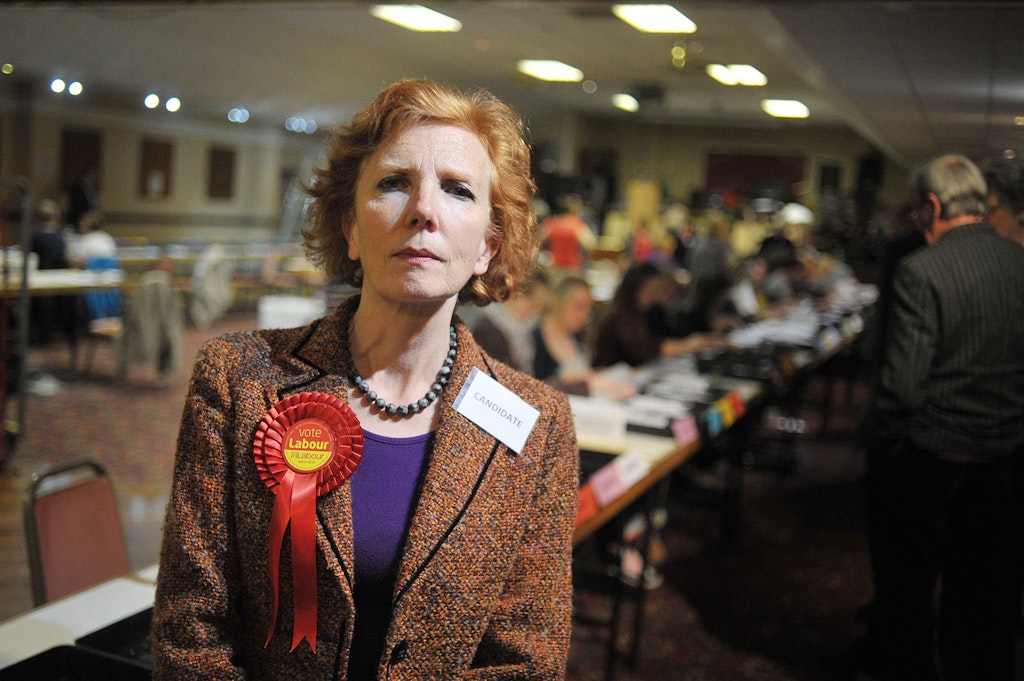The F-word returns
Millions are at risk in Africa
The tragedy unfolding in East Africa today, at the end of year dominated by the war in Europe and the global economic crisis, should have us asking a blunt question: how far, really, have we come in terms of saving humanity from the scourge of famine?
The deadly cocktail of war and drought has returned with a vengeance
The news from Ethiopia and Somalia, two countries that suffered so much when I was an Africa correspondent 40-odd years ago, makes for horrifying reading. War is back. Drought has returned. An F-word of my time, famine, is writ large across both, with millions now at risk.
Just listening to colleagues from my later years at the United Nations makes me realise how far this crisis has gone already. An old UN friend, working in Somalia, reports emaciated, withered children turning up every minute of every day now. “We weigh many of them, knowing how old they are and what weight they need to survive,” she reports, “knowing immediately full well that plenty of those we’re seeing will not make it.”
A long-time associate at the Childrens’ Fund UNICEF, based in Ethiopia, estimates the death toll there from starvation so far at close to 200,000 people, at least half of them under five years of age, with millions now at risk. “The nightmare is no longer pending,” he says, reporting that the Ukraine war has hit everything from food supplies to food prices. “Wherever you look you see the landscape of death, here and now, and we just aren’t seeing the world at large responding.”
Forty years ago, witnessing famine first-hand in Uganda, then Ethiopia and Somalia in the early 1980s, my generation of foreign correspondents consoled ourselves with an ambitious thought. We hoped that our heart-wrenching accounts of hungry mothers and children, of lines of death at the weighing-stations, and of a landscape scorched by such tragedy, would have a lasting impact. It triggered a resounding response, with the likes of Bob Geldof and Live Aid leading the charge, echoing the battle-cry coming out of our world in the 1940s: Never again. Nunca más.
For many years, we had reason to think just that. Led by the Americans, the international community built a sophisticated famine early warning system, FEWS-NET, which monitored everything from the weather, to the price of basic foods in vulnerable countries, to the progress of various wars, to give us an early-warning antenna on that dreaded F-word. For decades it has worked about as well as anything I’ve ever seen in the third world, despite evident disasters in Somalia in 2011 and Sudan in 2017.
But the deadly cocktail of war and drought, that so crippled Uganda in 1980 and Ethiopia in 1983, has returned with a vengeance, fuelled so tragically by the battle for Ukraine. It has had a deep impact on food and prices — exacerbated, it should be said, by the world’s preoccupation with its own issues, be it cost of living and inflation, energy supplies or government debt.
So much for the Nobel Peace Prize
Look at Ethiopia’s Tigray province or around the Somali city of Baidoa. In both cases, war and weather have fused to unleash starvation on those who had come to expect the world to act, but who now wait in desperation.
In Ethiopia, the war started by the government of Nobel Peace Prize laureate Abiy Ahmed in 2020 against the rebel province of Tigray has a life and a logic all of its own. The Tigrayans held power in Ethiopia for many years after the overthrow of a Communist government in the early 1990s. Today Ahmed wants them subjugated at best, crushed at worst.
There have been war crimes on both sides, but today the bottom line is stark: half of Tigray’s six million people are starving, according to my UN colleagues. The Ahmed government has used hunger as a weapon of war, shamelessly preventing food aid getting through to rebel-held areas. When UN staffers in the capital of Addis Ababa protested, calling out the abuse of humanity, they were expelled by the government. So much for the Nobel Peace Prize.
In Somalia, the epicentre of the crisis lies in and around the south-west capital of Baidoa, with hundreds of families arriving by the day from rural areas. Since the end of 2020, the region has seen four rainy seasons fail. It is now seeing the fifth do likewise. Farmers bring in wives and starving children, reporting dramatic loss of livestock and harvests. This is happening in an area plagued by Al-Shabab, the extremist Islamic group linked to Al-Qaeda, leaving a million people trapped between government and rebel forces.
“We are facing the death of children on a scale not seen in 50 years,” says UNICEF’s operations chief. “And the funds aren’t there to stop this.”
This is perhaps the ultimate tragedy of this period and the return of the dreaded F-word. Forty years ago the world responded as never before, with money and food and political will. Today you hear silence in many capitals, dismay in others. In Washington, where the Biden administration has stepped up with nearly three billion dollars to confront global hunger — two billion in food aid alone — one erstwhile colleague now working for Bono’s One organisation laments: “the world’s attention lies elsewhere, and key players like Britain have dramatically reduced their aid budget. This famine seems invisible to many.”
Invisible. There’s a word that hurts this veteran of famines past. We made mass starvation unacceptable four decades ago. Forty years on, the F-word is killing kids in massive numbers again. How far we thought we had come. How far we still have to go.
Enjoying The Critic online? It's even better in print
Try five issues of Britain’s most civilised magazine for £10
Subscribe














